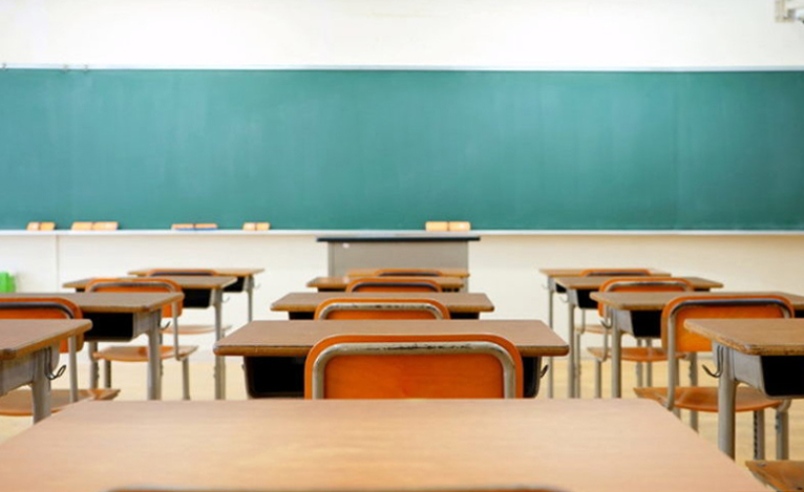A teacher’s life duirng the pandemic
Usually during time of year, schools are shut down for the spring break, which is the unofficial lead-in to the last quarter of the school year. The five-day period is a time for teachers, students and staff to reset and enjoy some quiet time. The schools are on break, but this break was not scheduled on the school calendar back in August.
On Monday, Governor Ralph Northam announced the closing of all school buildings for the remainder of the academic year as part of Executive 53, which goes into effect at 11:59pm for all non-essential businesses in the state of Virginia. Daycares can still provide services, but the surfaces must be sanitized and there must be no more than 10 students in a facility. This is in response to the Coronavirus pandemic which is causing sweeping illnesses and deaths across the globe. Everyone has been affected, from students to staff and especially teachers, who now face the prospect of living through the virtual classroom for the foreseeable future.
Darlene has been teaching for more than 10 years. Currently a first-grade teacher at a private school in Prince William County, she has now resorted to teaching her students via Zoom. She says that this has been a trying experience, but she is thankful for the opportunity to still engage with her students.
“It’s weird, I never expected to be essentially checking in on my students’ using an app, but it’s easier than I thought. It allows me to still teach them as much as possible.”
Elizabeth is new to the profession, being in only her first year after graduating from Virginia Commonwealth University. She is a teaching assistant in Prince William County for her kindergarten class, and the hardest part for her is not being able to be in an environment that is the source of her social activity.
“I’m what you would call an introvert, so my school is the one place that I am at the most during the week,” she told the PW Perspective in a recent interview. “In such a short time I’ve been able to create such a rapport with my principal, teachers, as well as the students.”
Despite the physical separation, she still keeps in touch with the parents. “I have had several parents sending me emails, and that keeps me encouraged.”
Financially she still has to make ends meet, so she is helping parents who are not familiar with having to teach their children by tutoring during the day. It allows her to continue honing her skills and establish new relationships with families.
Even for teachers who are used to teaching online, they are experiencing a challenge from the students they teach across the globe. We met with Vanessa, who is an ESL teacher to students in China, and the greatest change she has experienced is in the number of hours she has to teach now.
“As an online ESL Educator, I work for multiple companies to teach students in China and other countries’ for English. I have known about the Coronavirus the companies have given us extended hours to teach students because they have not been able to return to school since mid-January of this year. China is 12 hours ahead of us on Eastern time so I have had to work late nights to accommodate their class times. During one of my classes I asked one of my students to tell me something about where they live. The boy said, ‘I live in Wuhan, and we have the Coronavirus here.’ It’s very different now
Several teachers may still have difficulty in reaching their students online, so internet providers are providing options to help. Hotspots are available through Xfinity via their website at www.xfinity.com/wifi and enter any zip code to access. Comcast is pausing their data plans and are making larger data plans available for everyone. Teachers can also with the local school system and may be able to utilize the school’s Wi-Fi at the parking lot. The latter option is being used currently in Fauquier and Stafford counties.
What kind of thing can families do to keep their kids occupied? Daily structure with a regularized plan. Have them write a book based on what they observe. Play board games that provide educational value, and physical education in the backyard while observing nature can help with keeping the students’ minds sharp.
It is difficult to predict what schools will look like when the bells ring come next August, but one thing is for certain, the way teachers approach their classrooms will never be the same again.



